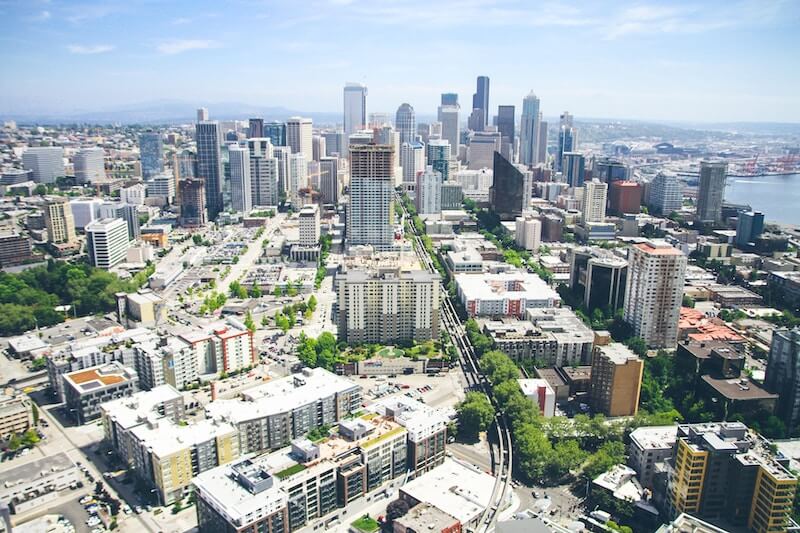With the changes brought on by increased globalization, more and more areas – some that were traditionally very homogenous, like suburbs – are seeing shifts to an extremely diverse population. These changes are influencing how planners and architects go about designing cities and neighborhoods.
What is Hyper-Diversity?
Hyper-diversity is defined by the European Urban Knowledge Network as “an intense diversification of the population in socio-economic, social and ethnic terms, but also with respect to lifestyles, attitudes and activities.”
Originally called super-diversity in 2007, the term was changed to hyper-diversity in 2014 when the concept was expanded. Hyper-diversity goes beyond cultural and ethnic differences and recognizes that there could be heterogeneity within ethnic and economic groups of people.
Hyper-Diversity in the Suburbs
Traditionally, immigrants settled in urban areas – the mixed-use zoning and pedestrian friendliness made them perfect for immigrants to set up homes and businesses. Now, high immigration rates and rising costs in urban centers have pushed new immigrants further into the suburbs – introducing extremely diverse populations to a previously very homogenous area.
Researchers at the University of Waterloo, university of Toronto, and the Newcomer Centre of Peel concluded that “it is clear that immigration is now a suburban phenomenon, and one that is projected to continue in the future.”
Toronto’s Tower Neighborhoods
A thesis study done at The University of Guelph, looked at the Tower Neighborhoods in Toronto, a cluster of aging apartment buildings largely inhabited by a diverse blend of newly arrived immigrants and low-income families due to their relatively low cost of living. The aim of the study was to analyze the Tower Renewal Partnership, created in response to the need to renew the aging infrastructure, through the lens of hyper-diversity.
In any neighborhood, shared spaces serve the important role of being areas where members of the community can interact. In hyper-diverse areas, they take on more importance as areas where diverse community members can see others and interact – often in ways that don’t require similar customs or a shared language.
Designing Shared Spaces with Hyper-Diversity in Mind
The thesis study concluded that the following are some of the major influences on sustaining hyper-diverse areas: materiality, micro-publics, visual permeability of spatial design, pre-existing diversity, shared purpose or activity, and opportunities for fleeting encounters.
The materiality, or the quality of materials, of a space largely influences how individuals use the area and is a key component in developing place attachment. Investing in high-quality public spaces encourages use of and pride in common areas, which increases the chance for community to see others and be seen by others.
Micro-publics such as benches, dog parks, and calm observational points are vital for developing place attachment and a sense of belonging, while also encouraging sustained encounters between community members – allowing for intercultural exchange.
In an area with poor visibility, whether from insufficient lighting, blind corners or vegetation, people can feel unsafe and restricted. Open areas with high visual permeability increase the chance for individuals and groups to see each other – a commonly encourage factor when planning in hyper-diverse neighborhoods. “Creating opportunities for people to be seen by others is an important first step in normalizing hyper-diversity and creating inclusive spaces for encounter.”







 We're more than just brokers. We're A/E specialists, delivering the right coverage and exceptional value and service to hundreds of design firms of all sizes. Of course we leverage the latest industry resources to provide you with coverage, risk management and contract review tailored to your practice. But we also remember the difference between simply billing clients and actually serving them. See for yourself. Contact us of a competitive quote on your professional liability insurance.
We're more than just brokers. We're A/E specialists, delivering the right coverage and exceptional value and service to hundreds of design firms of all sizes. Of course we leverage the latest industry resources to provide you with coverage, risk management and contract review tailored to your practice. But we also remember the difference between simply billing clients and actually serving them. See for yourself. Contact us of a competitive quote on your professional liability insurance.